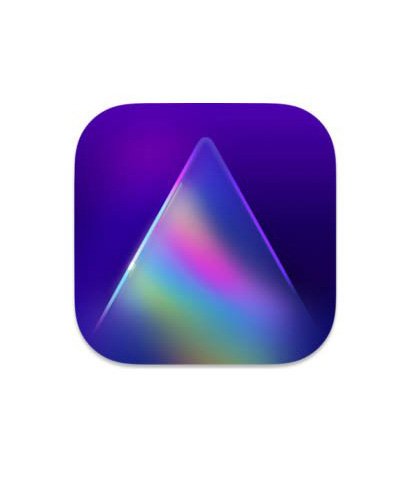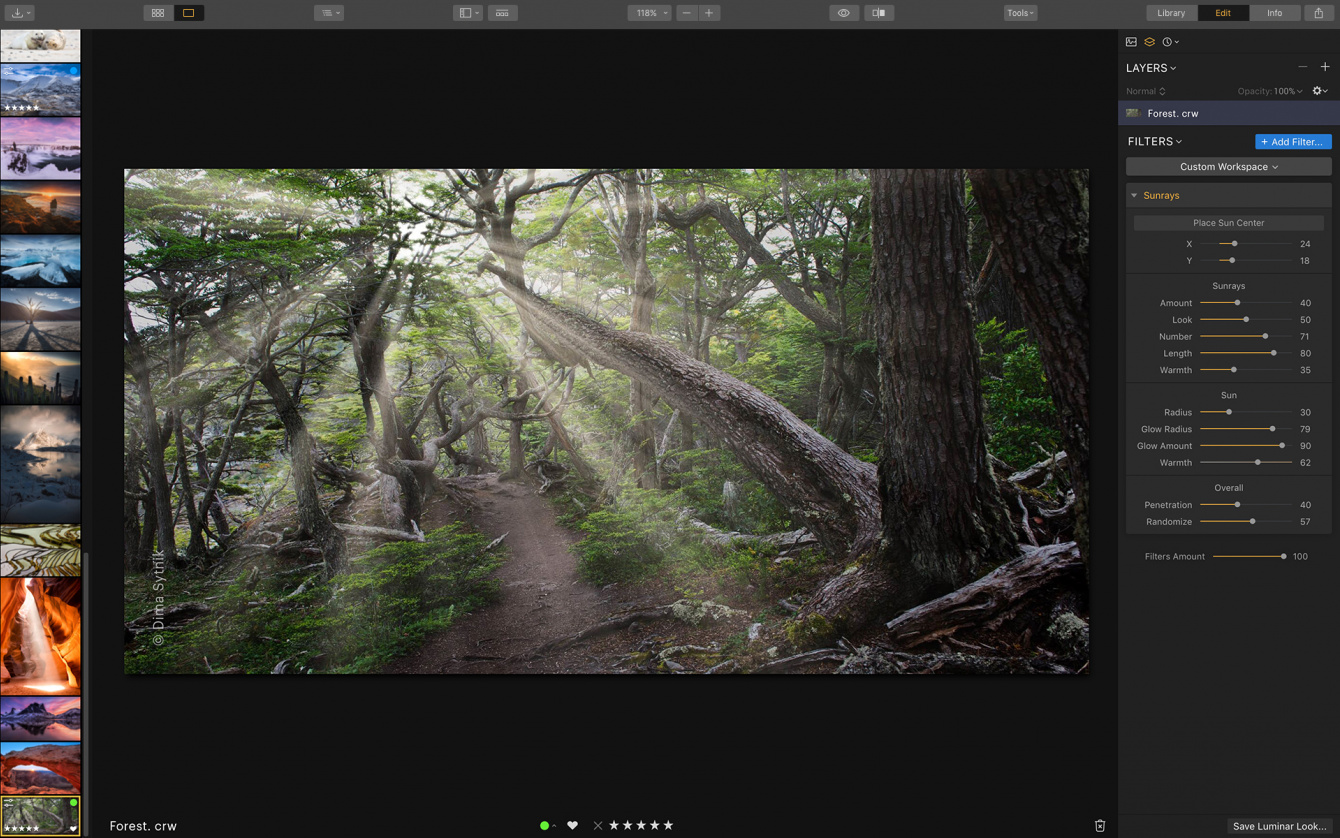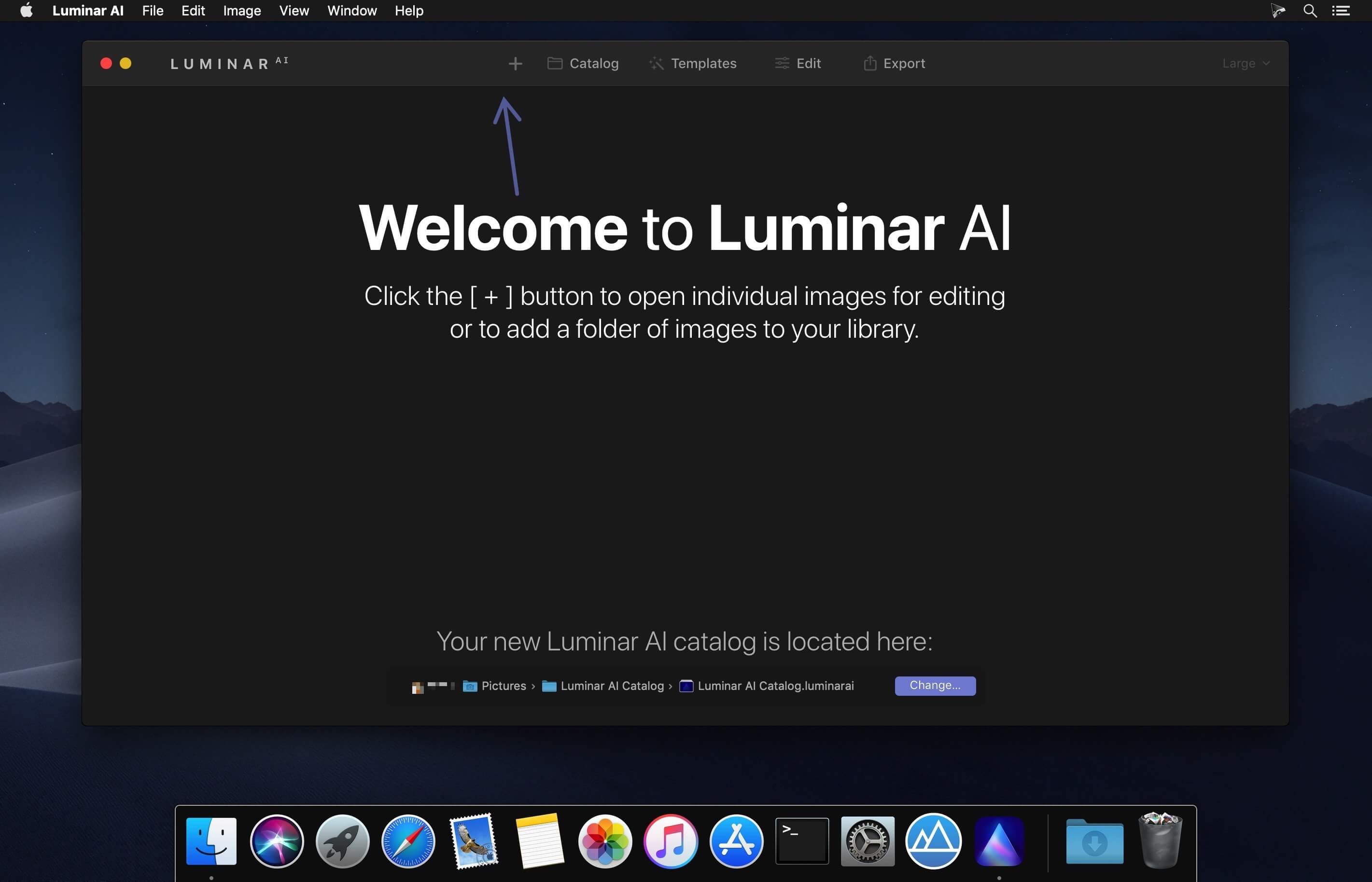
But it doesn’t offer ratings or color labels or even any search t tools. It can also show recently added and recently edited photos, and organize your photos by date. The Luminar AI catalog, for example, can display both folders on your computer and custom albums you create yourself. The simplicity means a few things are missing, though, which might not be obvious to new users but will be to users of other software, including Luminar 4. The interface is straightforward and the Catalog > Templates > Edit > Export workflow could hardly be simpler or more obvious. (Image credit: Skylum/Digital Camera World) (opens in new tab) In the 'old' Luminar this brought all sorts of complications with 'stamped' layers. It's easy to remove distracting objects with the Erase tool. What this means is that when you want to share an image you have to use the Export panel to save a processed JPEG or TIFF image – there are preset export settings here for email, messages, SmugMug, 500px or simply saving a file to disk.

You can, of course, save your own templates.Īll these adjustments are non-destructive, as already mentioned. If you’ve chose a template already, this will highlight the tools and filters used to create the effect so that you can go to them directly.Īlternatively, you can start from scratch by going straight to the Edit panel and building your enhancements and effects from scratch. If you want to go further and apply your own adjustments, that is easy too via the Edit workspace.

(Image credit: Skylum/Digital Camera World) This one is a little strong, but there is a strength slider in the bottom right corner to quickly adjust it.

Here, it's recognised that this is a flat, overcast scene and has recommended some templates from its Overcast selection. Luminar AI's templates are a strong feature.


 0 kommentar(er)
0 kommentar(er)
